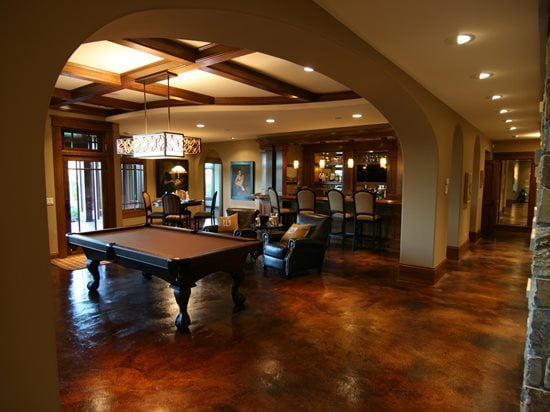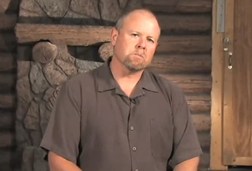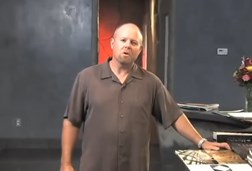- Home page, stained concrete, lafayette, la
- photo galleries
- Stained Concrete
- overlay concrete
- Pool Decking cool crete
- Reflector Epoxy Floor
- Concrete Countertops
- Stamped Concrete
- Specialty Designs
- Polished Concrete
- Garage Floor
- Slate Overlay
- wood floor concrete
- About Us
- Contact Us
- Builders page for stained concrete
- How to care for your stained concrete floor
Page title
HOW TO CARE FOR DECORATIVE CONCRETE FLOORS
Get flooring maintenance tips, cleaning guidelines and advice for fixing flaws and discolorationNo type of flooring material is truly maintenance free, and the same holds true for decorative concrete. While concrete floors are relatively easy to care for when compared with other types of flooring (especially carpet), they do require regular attention. How much maintenance your floor will need largely depends on the amount of traffic it receives. The maintenance needs of a residential floor will be much different than those for a floor in a high-traffic commercial or retail environment.
In most cases, residential concrete floors experience light foot traffic, and a simple cleaning regimen of occasional sweeping and damp mopping will keep them looking like new for many years. Protecting concrete floors with a good film-forming sealer and a coat of floor finish or wax will make them even more resistant to stains, chemicals and abrasion.
General Maintenance TipsHere are some tips to make your concrete floors as easy to maintain as possible:
- Avoid floor designs with sawcut patterns, since the narrow cuts in the surface can trap dirt.
- Unless the floor is polished, always keep it protected with a good floor sealer. This top layer of protection not only prolongs the life of your floor, it can also enhance its appearance (see this list of common questions about concrete floor sealers).
- For further protection against stains, dirt and abrasion, apply a good commercial-grade floor wax designed for concrete floors. This sacrificial finish will help to preserve the sealer and is easy to reapply if it begins to wear (learn more about concrete floor wax).
- In areas of heavy traffic, such as entrances and foyers, reduce maintenance and wear and tear by using floor mats, both inside and outside of the entryways.
- Concrete floors are a good choice for pet owners because they won’t trap pet dander and allow easy cleanup of muddy paws and pet accidents. Just give the floor a few swipes with a broom, towel or mop, and the mess is history (see Six Reasons Why Concrete Floors Are Pet Friendly).
- Follow the maintenance schedule recommended by your concrete contractor to keep your floor looking its best.
- Only use cleaning solutions recommended by your contractor or the manufacturer of the floor sealer or finishing wax. Avoid harsh cleaning products. (See Choosing a Concrete Cleaner or Degreaser.)
Watch more concrete floor maintenance videos
Cleaning Polished ConcreteBecause polished concrete floors are extremely durable due to the densification and polishing process, they generally are easier to maintain than other types of decorative concrete floors and require no waxing or sealers. With basic cleaning, polished concrete should keep its luster for years. Eventually, though, the shine can dull, especially in high-traffic areas.
Doug Demmert of Demmert and Associates recommends a simple maintenance program of occasional dusting to remove grit and damp mopping with a neutral cleaner to enhance the shine. Some manufacturers sell special cleaners and conditioners for polished concrete that not only clean the surface, but also leave behind a dirt-resistant film. These products can be applied with a mop or auto scrubber and do not require buffing.
If the floor begins to lose its shine, simply buffing the surface with a commercial polishing compound will often do the trick. If more touch-up is necessary, the floors can be lightly repolished with a fine-grit abrasive. See this checklist for maintaining polished floors.
Fixing Minor FlawsIf your concrete floor experiences minor cracks, scratches or gouges, these flaws can almost always be repaired with the proper patching material (see Concrete Floor and Slab Crack Repair). If the cracking is more severe or widespread, then the floor may need to be resurfaced with an overlay. In some cases, it’s possible to accentuate existing floor cracks and make them part of the floor design through staining, sawcutting, and other techniques (see Incorporating Cracks in Concrete Floor Design).
Fixing DiscolorationWhen applied properly, concrete floor stains and dyes penetrate deeply into the surface to provide permanent color that won’t flake, peel or fade. However acid stains, which react chemically with the concrete, can be temperamental and cause color variations that weren’t predicted. It’s also possible for stains from spills or other accidents to be absorbed into the concrete if the floor isn’t protected with a sealer or floor wax. There are several methods you can use to correct floor stains and discoloration, from applying a tinted sealer to changing the color entirely with a new coat of concrete stain or dye. See these tips for fixing discolored concrete floors.




